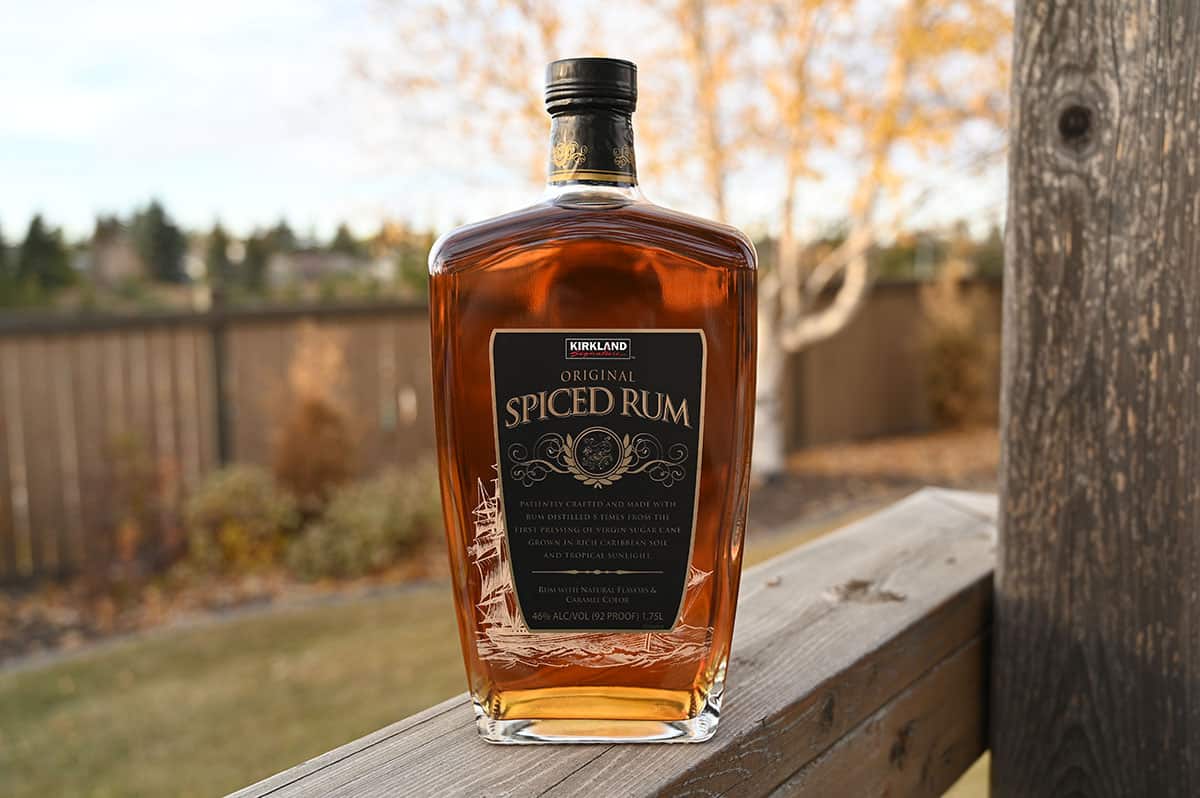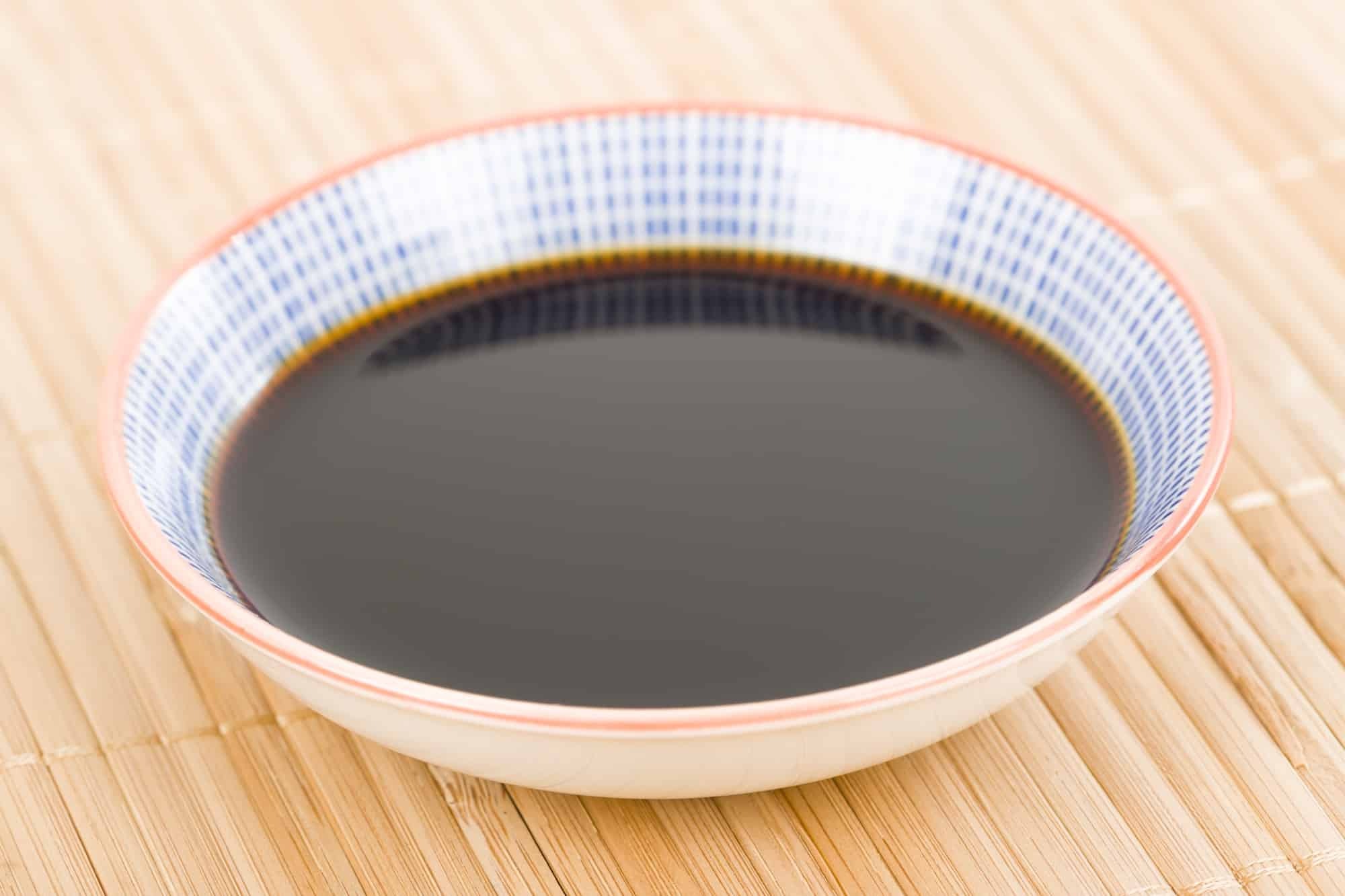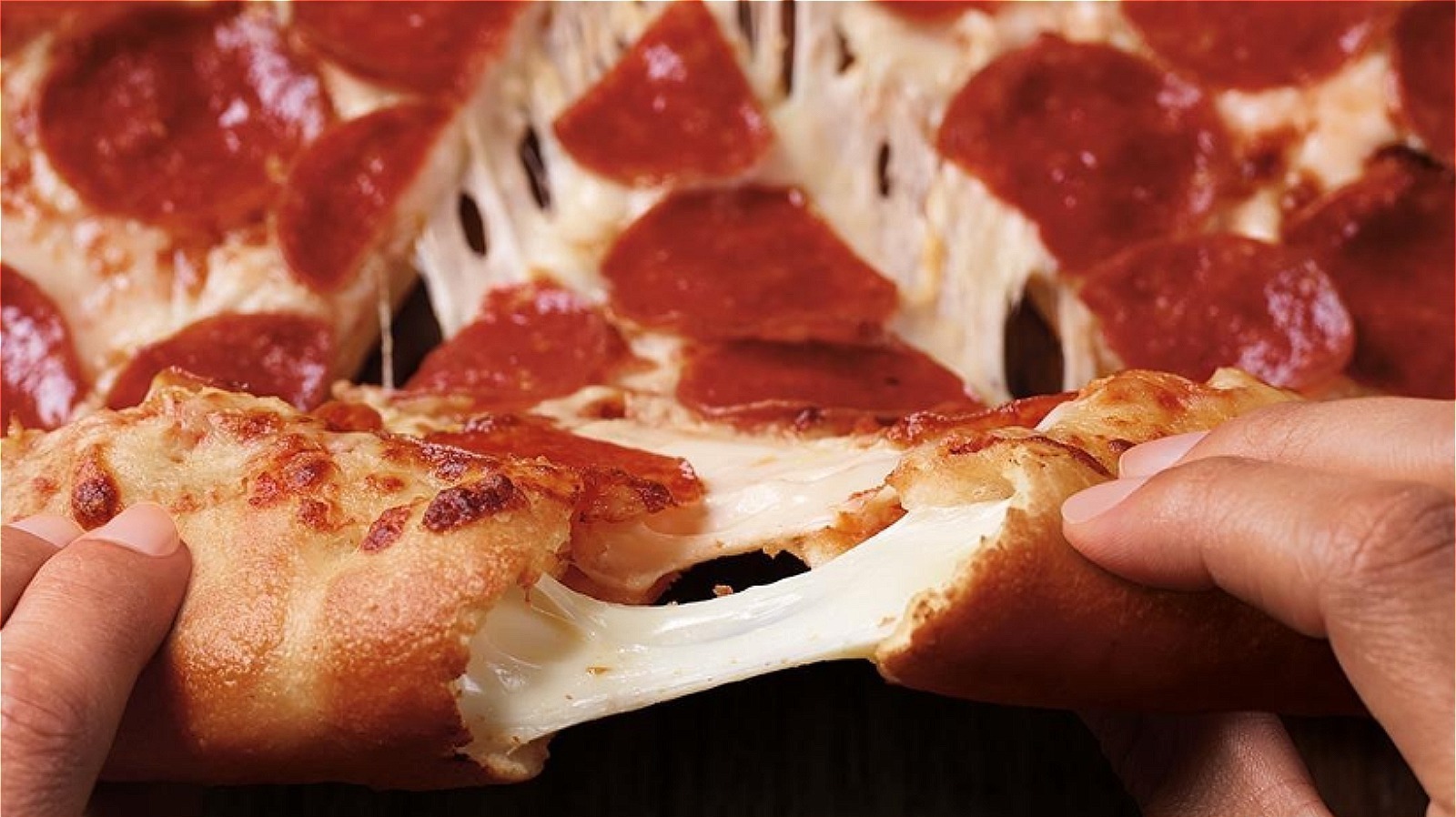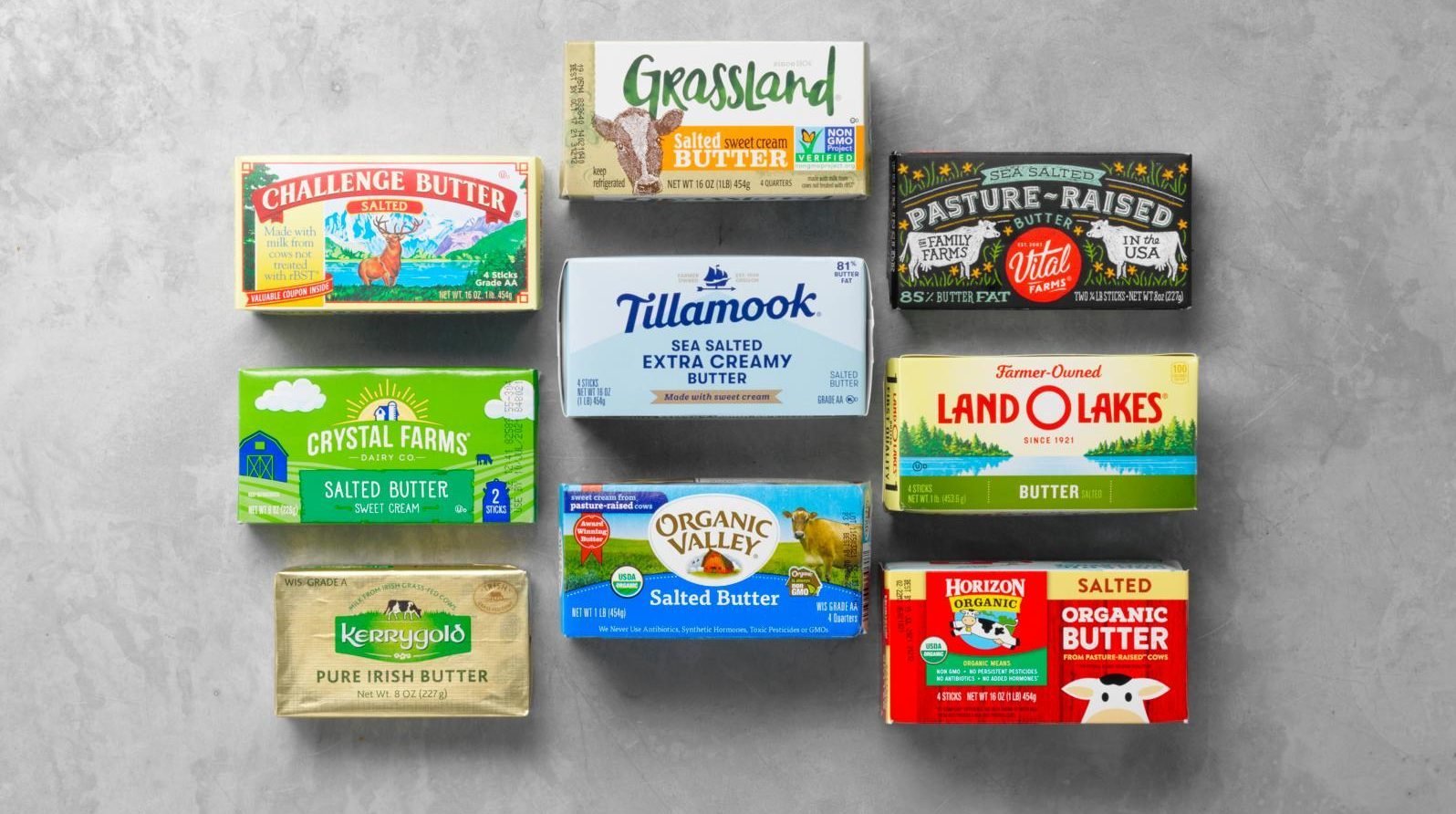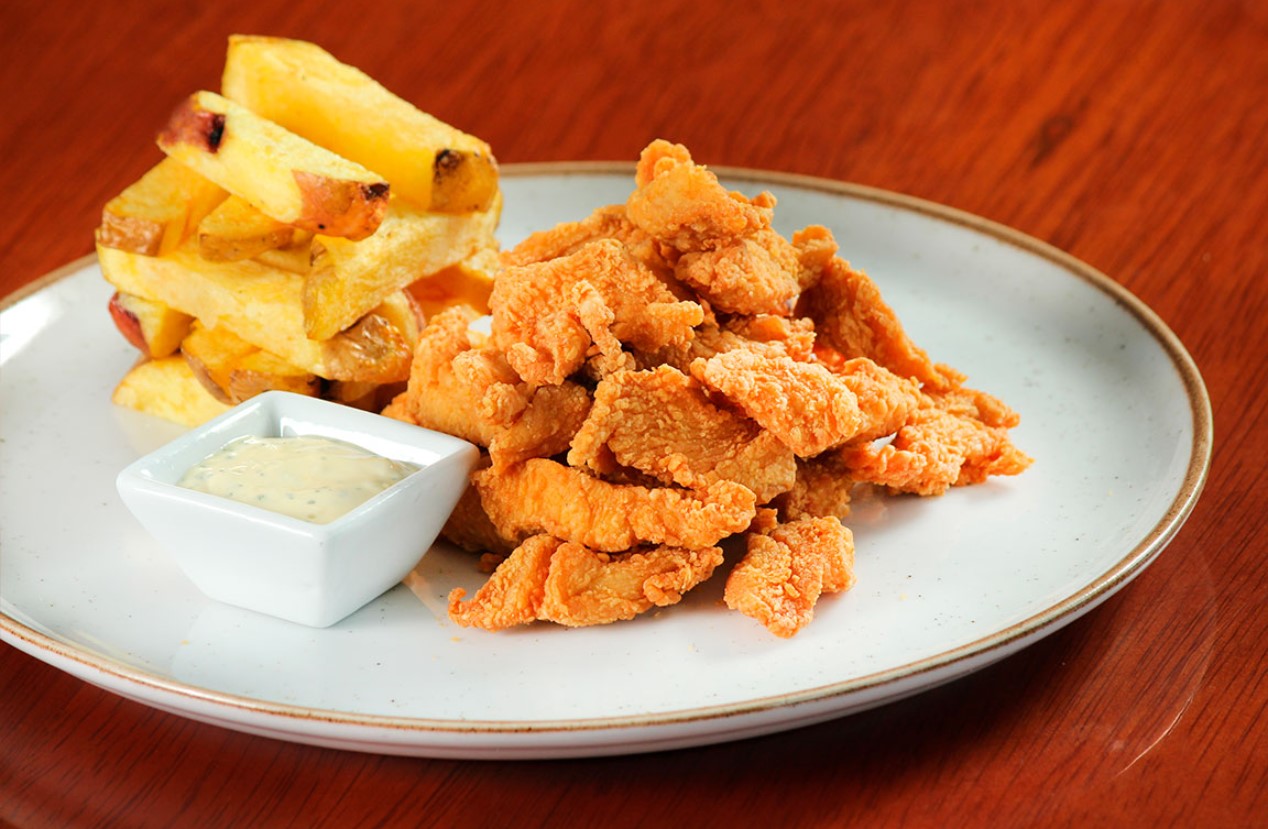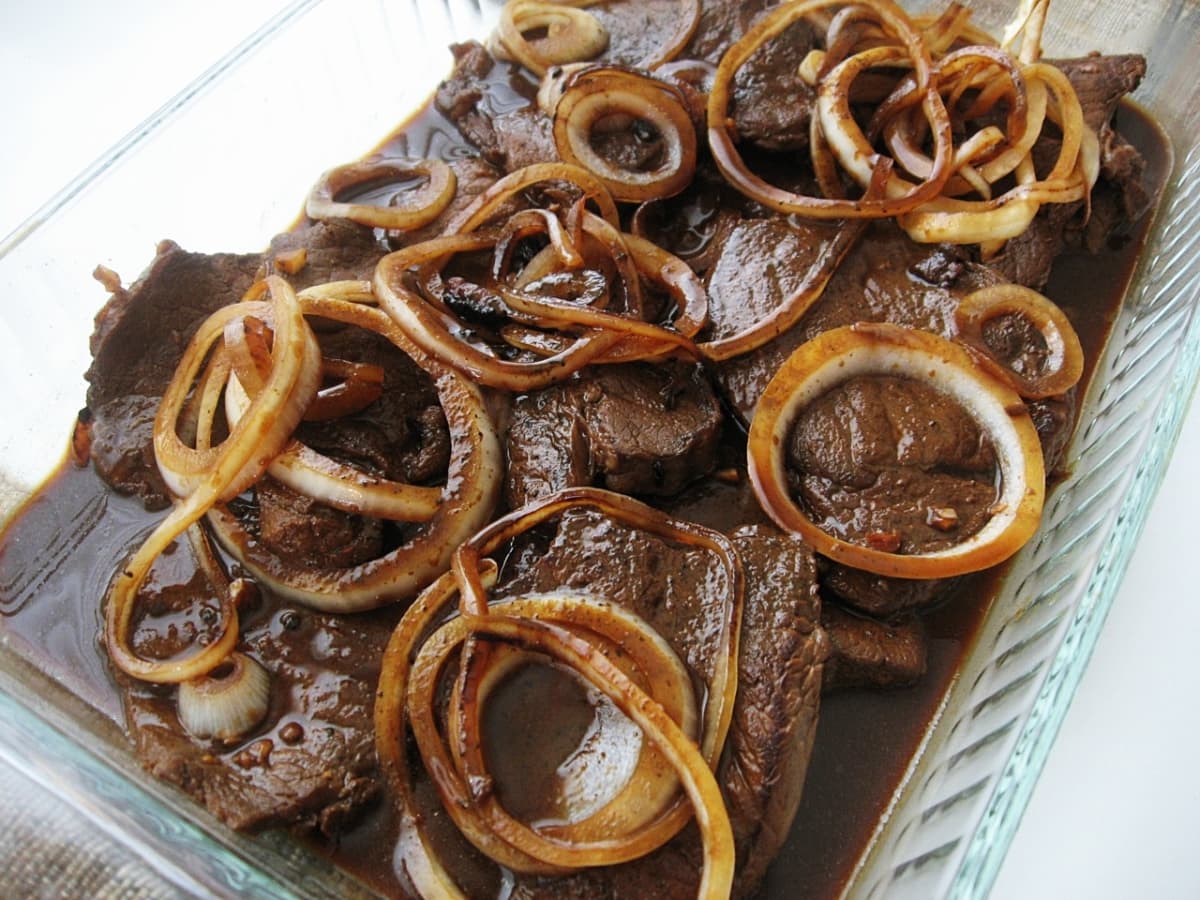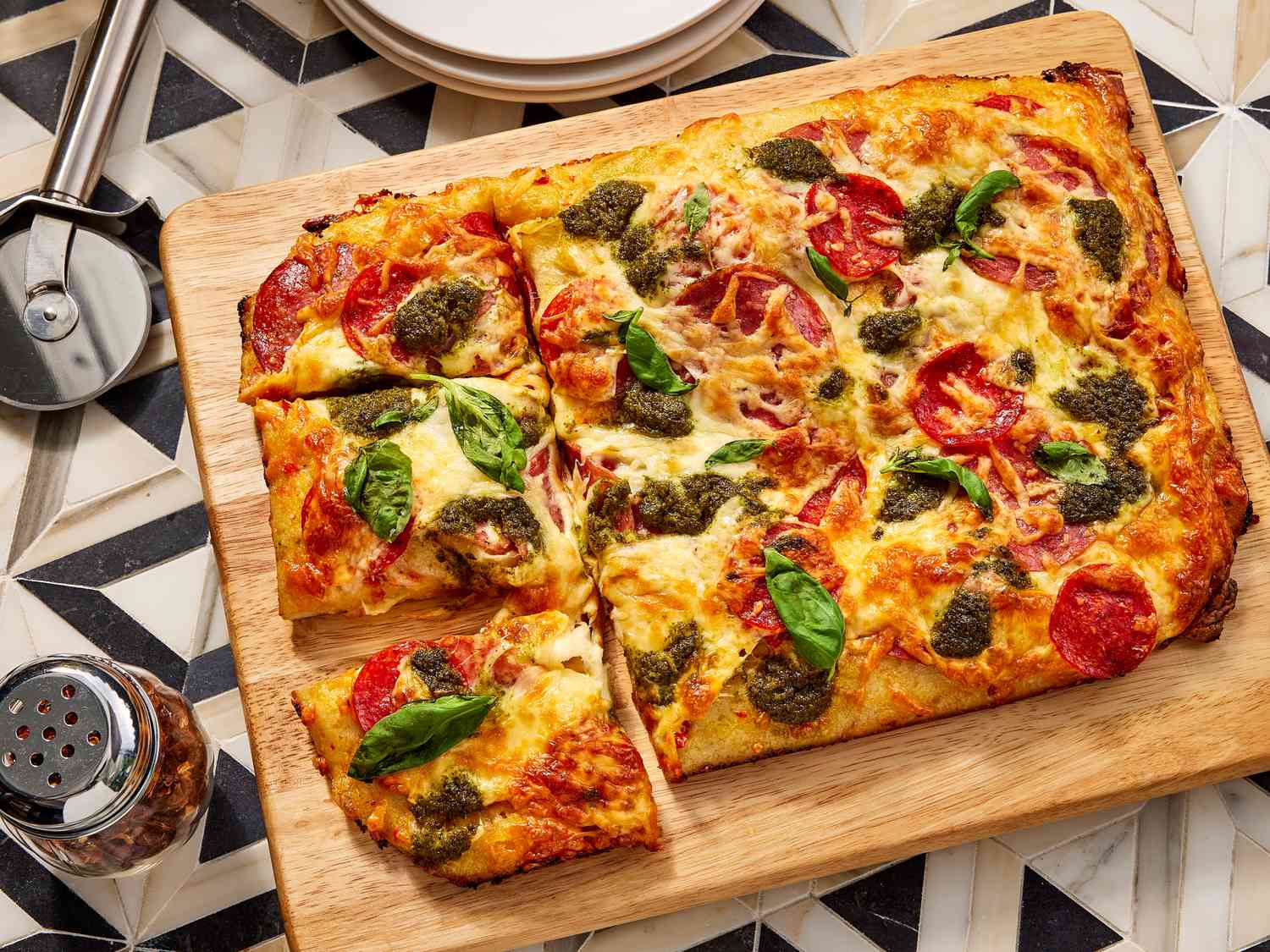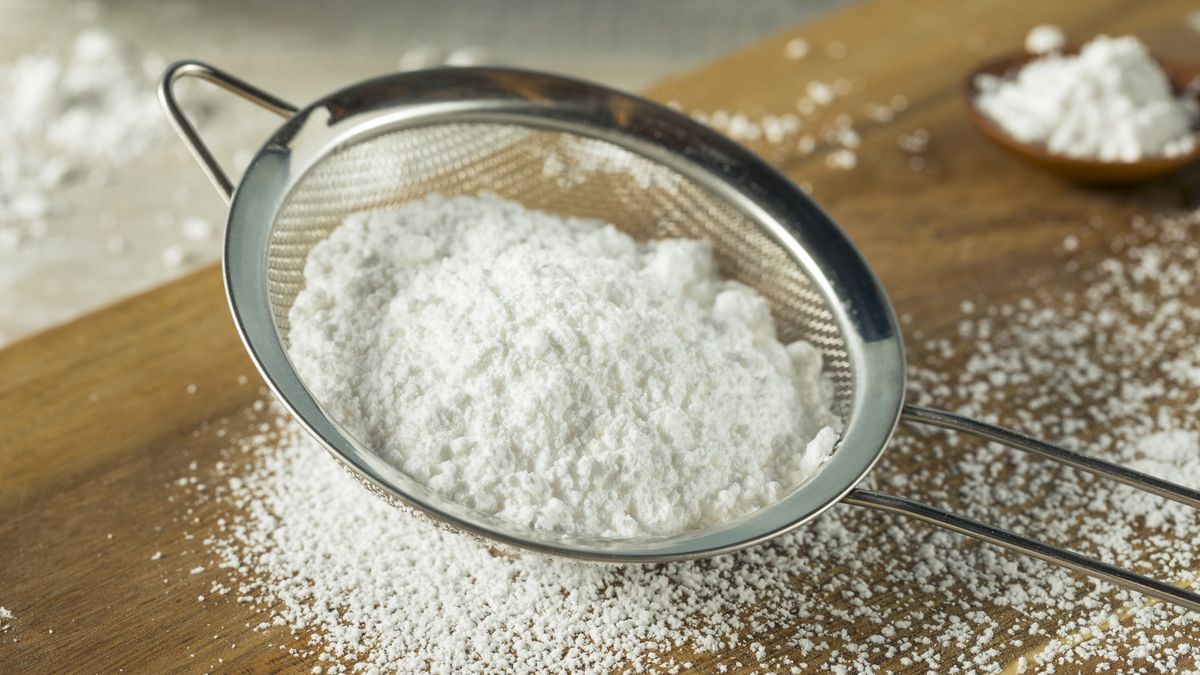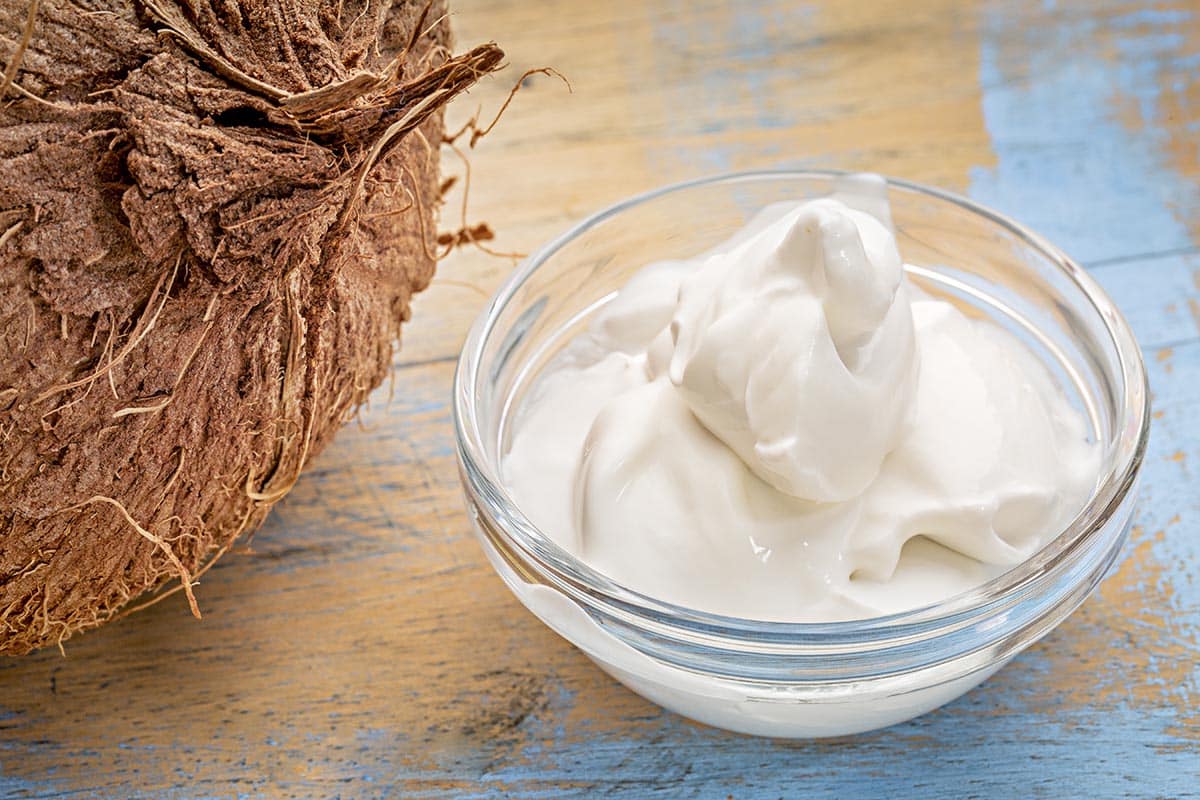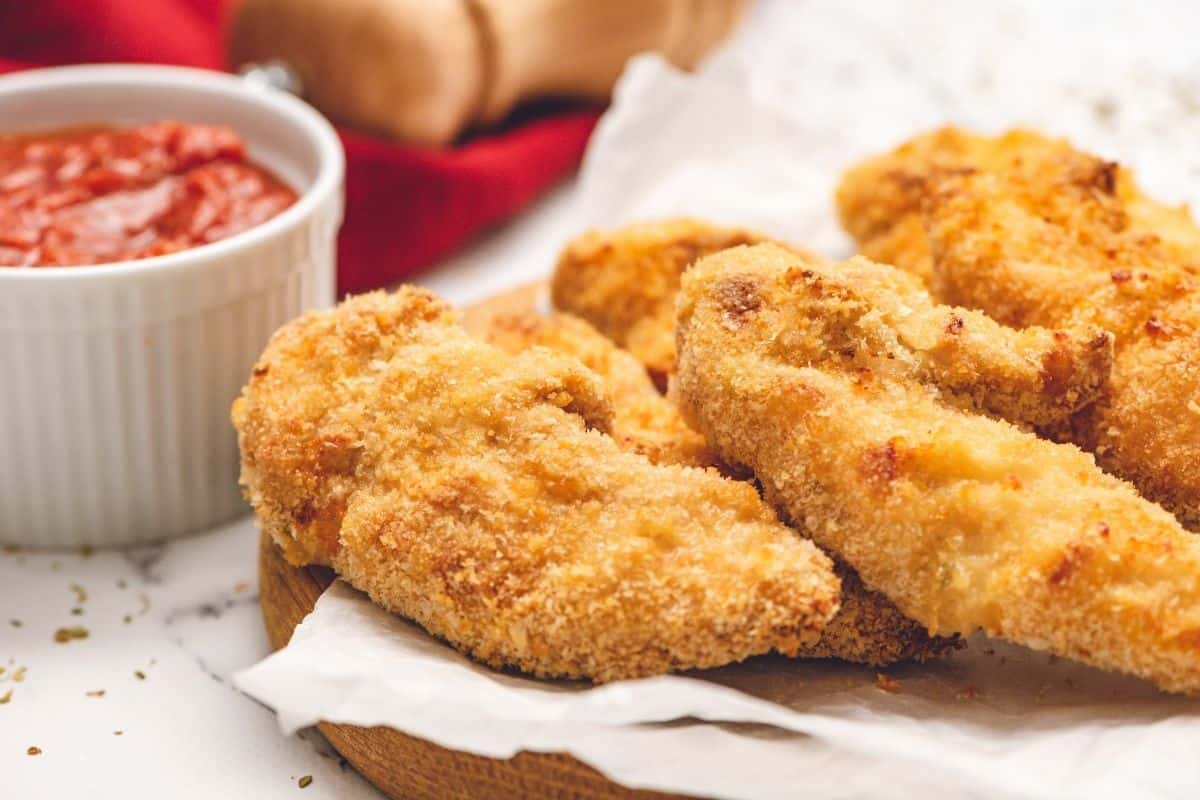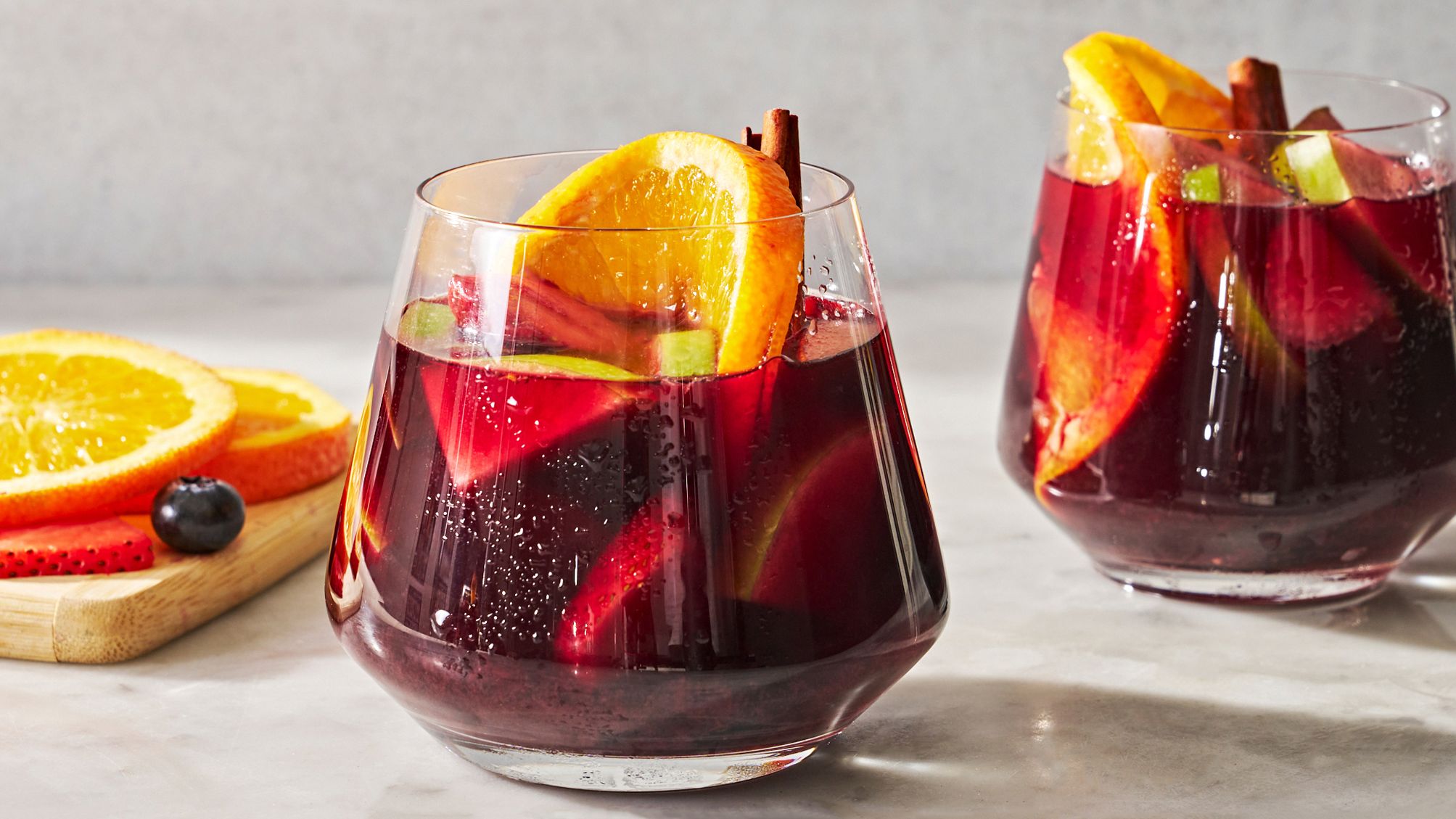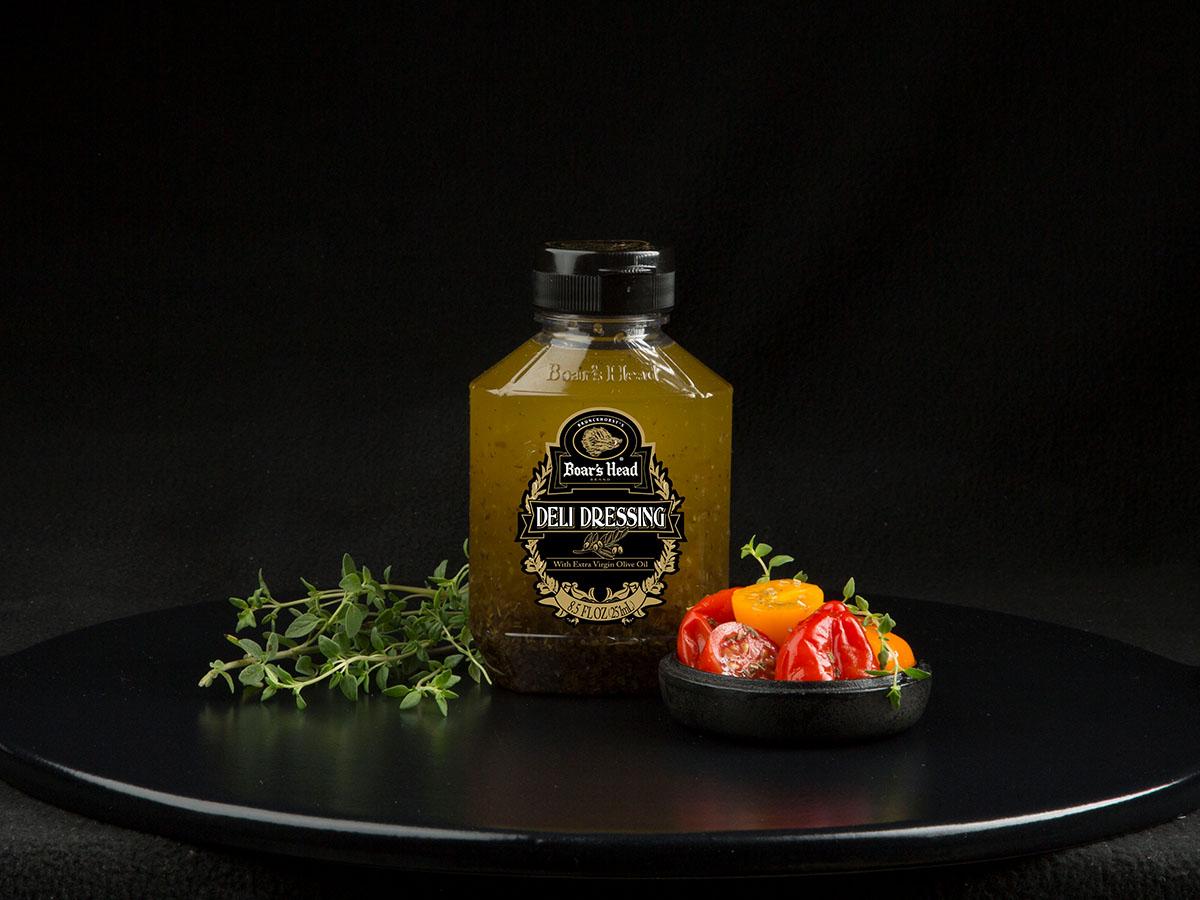Understanding Chapati: A Staple of Indian Cuisine
Chapati, also known as roti, is a traditional Indian flatbread that has been a staple in Indian cuisine for centuries. It is a simple yet versatile food item that is enjoyed by people of all ages across the Indian subcontinent and beyond. Let’s take a closer look at what chapati is and why it holds such a special place in Indian culinary culture.
What is Chapati?
Chapati is a type of unleavened flatbread made from whole wheat flour, water, and salt. The dough is typically rolled into thin, round discs and then cooked on a hot griddle or skillet. The result is a soft, slightly chewy bread that is often served alongside curries, vegetables, or lentils.
How is Chapati Made?
The process of making chapati is relatively simple, requiring just a few basic ingredients and minimal equipment. Here’s a basic overview of how chapati is made:
- Combine whole wheat flour and a pinch of salt in a mixing bowl.
- Add water gradually and knead the mixture until a smooth, elastic dough forms.
- Divide the dough into small balls and roll them out into thin, round discs using a rolling pin.
- Cook the rolled-out dough on a hot griddle or skillet until it puffs up and develops golden brown spots on both sides.
- Remove from the heat and lightly brush with ghee or butter, if desired.
Why is Chapati Popular?
Chapati’s popularity can be attributed to several factors, including its simplicity, versatility, and nutritional value. Here are a few reasons why chapati is a beloved food item:
- Versatility: Chapati can be enjoyed with a wide variety of dishes, from spicy curries to creamy dals, making it a versatile accompaniment to many Indian meals.
- Nutritional Value: Made from whole wheat flour, chapati is a good source of complex carbohydrates, fiber, and essential nutrients, making it a healthier alternative to refined flour breads.
- Ease of Preparation: With just a few basic ingredients and minimal cooking equipment required, chapati is easy to make at home, adding to its appeal for busy households.
How to Enjoy Chapati
Chapati can be enjoyed in various ways, making it a versatile addition to any meal. Here are some popular ways to enjoy chapati:
- With Curries: Chapati pairs perfectly with flavorful Indian curries, allowing you to scoop up the delicious sauce and tender pieces of meat or vegetables.
- As a Wrap: Chapati can be used as a wrap for fillings such as grilled vegetables, paneer, or chicken, creating a convenient and portable meal option.
- With Dips: Serve chapati alongside chutneys, raita, or pickles for a tasty snack or appetizer.
In Conclusion
Chapati is more than just a type of bread; it is a symbol of tradition, comfort, and nourishment in Indian cuisine. Its simple yet satisfying nature has made it a beloved food item for generations, and its popularity shows no signs of waning. Whether enjoyed with a hearty curry or as a quick snack, chapati continues to hold a special place in the hearts and stomachs of food lovers around the world.
Was this page helpful?
Read Next: What Is Chilled Butter
